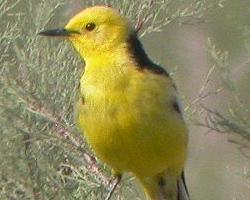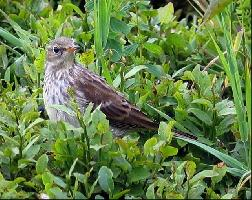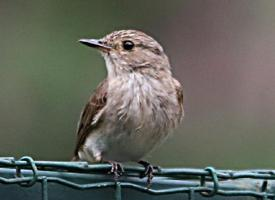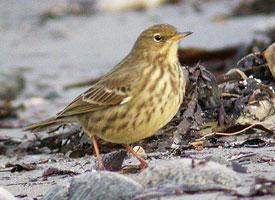
Description de l'animal
The Citrine Wagtail (Motacilla citreola) is a small, enchanting passerine bird belonging to the wagtail family, Motacillidae. Known for its vibrant plumage and dynamic behavior, this bird is a captivating sight for birdwatchers and nature enthusiasts alike. Its name 'citrine' refers to the lemon-yellow hues that dominate its appearance, making it one of the more brightly colored members of its family.Adult Citrine Wagtails measure between 16 to 19 cm in length, displaying a slender and elongated body typical of wagtails. They possess a relatively long, narrow tail that they characteristically wag up and down, a behavior that is both charming and a key identification feature of the species. Their bill is delicate and pointed, optimized for catching insects, which constitute the majority of their diet.
The breeding male Citrine Wagtail showcases a striking plumage with a bright yellow face and underparts, contrasting beautifully against a slate-grey back and wings. The female and non-breeding males are less vivid, sporting paler yellow and more subdued grey tones, but they still retain a distinctive, eye-catching appearance. Juveniles are even more muted, with a mix of grey and faint yellow, gradually acquiring their brighter colors as they mature.
Citrine Wagtails are migratory birds, spending their breeding season in the marshes and wet meadows of northern Asia and parts of northeastern Europe. Their nesting sites are typically on the ground, hidden among vegetation, where they lay clutches of 4-6 speckled eggs. The female primarily incubates the eggs, with both parents participating in feeding the chicks once they hatch.
During the winter months, these wagtails migrate to the Indian subcontinent and Southeast Asia, seeking warmer climates. Their migration is a testament to their adaptability and the global interconnectedness of bird migration patterns.
Their vocalizations include a sweet, melodic song and a sharp, chipping call. These sounds add a layer of vibrancy to their habitats, contributing to the auditory landscape of their environments. The song plays a crucial role during the breeding season, used by males to attract mates and establish territories.
Citrine Wagtails are often found near bodies of water, such as lakes, rivers, and wetlands, where they forage for insects, small invertebrates, and occasionally seeds. Their feeding behavior is active and agile, as they dart across the ground or shallow water, capturing prey with precision.
Despite facing threats from habitat destruction and degradation, particularly in their breeding grounds, the Citrine Wagtail is currently classified as Least Concern by the International Union for Conservation of Nature (IUCN). However, continued monitoring and conservation efforts are essential to ensure that this species remains a vibrant part of its ecosystems.
In conclusion, the Citrine Wagtail is a small bird with a big presence, captivating observers with its bright colors, lively behavior, and melodious song. Its migration patterns and habitat preferences offer valuable insights into the ecological dynamics of the regions it inhabits, making it an important species for both scientific study and conservation efforts.
Animaux similaires
Nouvelles photos d'animaux
Top 10 des animaux
- Common reed warbler (Acrocephalus scirpaceus)
- Diana monkey (Cercopithecus diana)
- Moustached guenon (Cercopithecus cephus)
- Galápagos tortoise (Geochelone nigra complex)
- Dolphin gull (Leucophaeus scoresbii)
- Hen harrier (Circus cyaneus)
- Brant (Branta bernicla)
- Stone loach (Barbatula barbatula)
- Common house mosquito (Culex pipiens)
- Colossal squid (Mesonychoteuthis hamiltoni)


